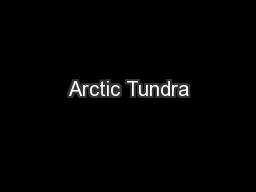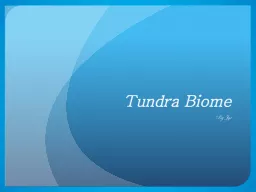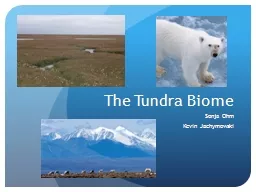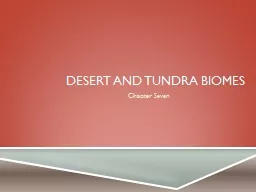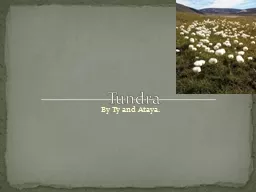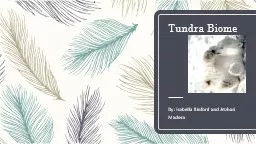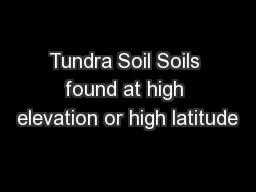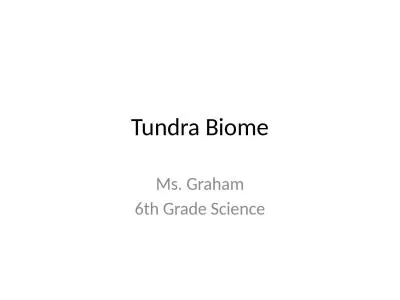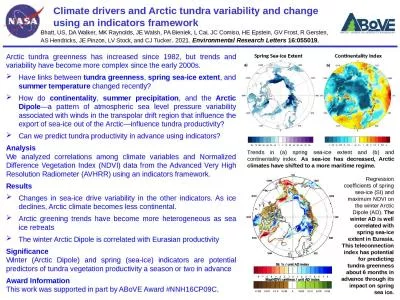PPT-Arctic Tundra: The Frozen Desert
Author : clustik | Published Date : 2020-07-01
Stick Reves Travel Agency Joey Chin Liem Tu Andrew Weiss Rachel Gallagher Period 7 Arctic Tundra Biome Features Flat Ground is permanently frozen No trees Some
Presentation Embed Code
Download Presentation
Download Presentation The PPT/PDF document "Arctic Tundra: The Frozen Desert" is the property of its rightful owner. Permission is granted to download and print the materials on this website for personal, non-commercial use only, and to display it on your personal computer provided you do not modify the materials and that you retain all copyright notices contained in the materials. By downloading content from our website, you accept the terms of this agreement.
Arctic Tundra: The Frozen Desert: Transcript
Download Rules Of Document
"Arctic Tundra: The Frozen Desert"The content belongs to its owner. You may download and print it for personal use, without modification, and keep all copyright notices. By downloading, you agree to these terms.
Related Documents


